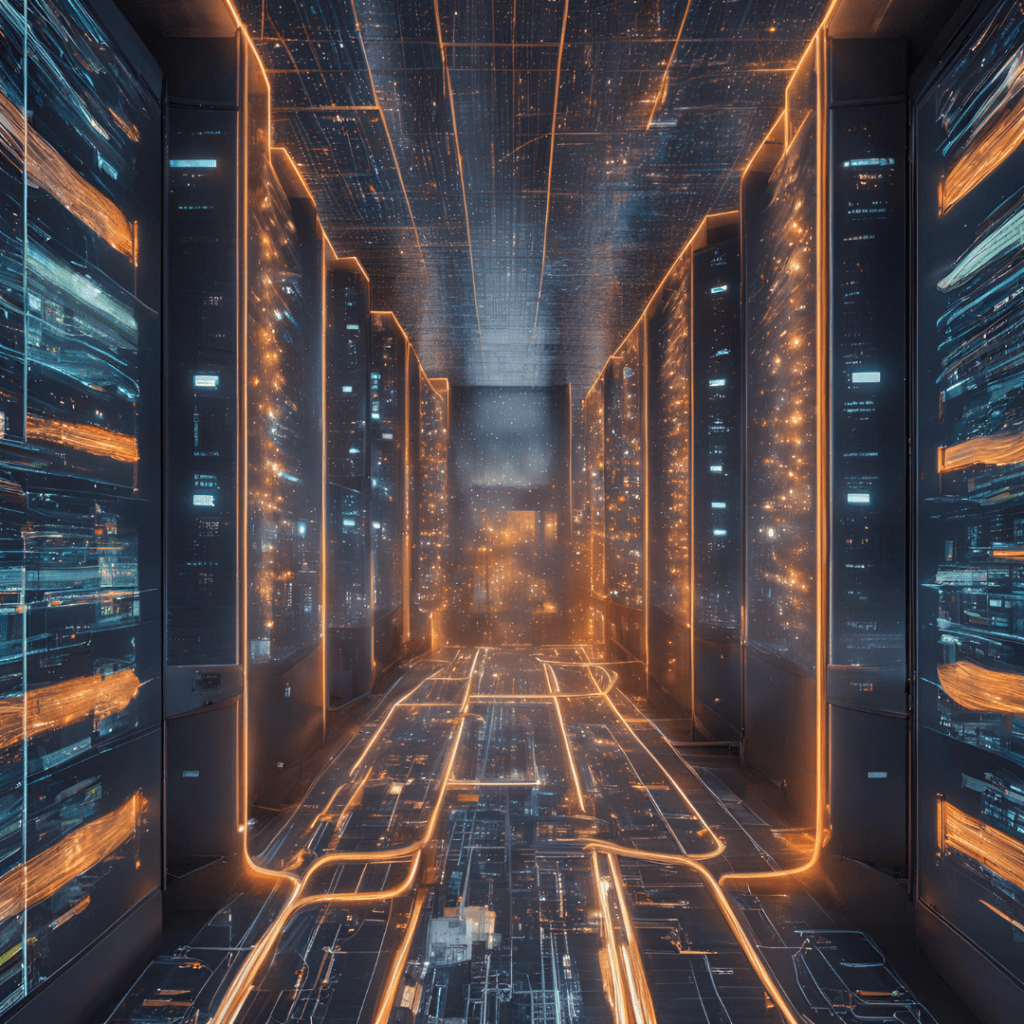When UTBS (United Technology Building Systems) constructed the first intelligent building (City Place) in 1983, little did they know that their effort to amalgamate LANs, building equipment, and HVAC facilities would give birth to a groundbreaking architectural solution.
In the past four decades, Intelligent buildings, as we know them today, have come a long way. The COVID-19 pandemic has only fueled their proliferation – both in terms of building from scratch and retrofitting.
Besides, a switch to smart construction has always been on the cards because buildings are responsible for more than 40% of the CO2 emissions every year. To that end, the adherence to the IoT-powered energy-efficient buildings only seems justified.
According to Markets and Markets, the intelligent buildings market is projected to constitute a market value of $108.9 billion by the end of 2025. That’s almost double the market size reported in 2019!
As it stands, a host of factors are contributing to this growth, including energy price rise, remote building management, and the ever-advancing IoT-based buildings integration capabilities.
That said, let’s take an informed look at some of the key aspects of IoT-powered intelligent buildings that are defining the future of construction:
1. HVAC Control
The ubiquitous presence of HVAC systems in buildings today is undeniable. But in most areas of operation, the increased demand for both increased HVAC power and better reliability is a critical issue. To this end, the incorporation of IoT has proven to be a win-win. Here’s how:
- IoT platforms allow for remote temperature monitoring by providing real-time feedback on the system’s performance and airflow. This makes way for precise control of HVAC systems, thereby improving efficiency and operational reliability.
- IoT-powered HVAC systems allow for automated adjustments to thermostats and enable tracking of the temperature of individual rooms. This is vital for reducing overall energy consumption.
2. Power Management
The recent pandemic disruptions have ignited a discussion around energy and demand management, and understandably so. One of the key facets of this discussion is the ability to develop an intelligent Net-Zero building. In fact, International Energy Agency (IEA) claims that the application of smart appliances could result in substantial savings and significantly reduce CO2 emissions.
Here’s how:
- Deep integration of IoT-powered intelligent energy meters in residential and commercial buildings help recognize the ideal energy utilization patterns. This, in turn, helps in optimizing energy consumption to obtain net-zero buildings.
- Through data mining, IoT-powered energy management systems track the daily consumption of energy across all building subsystems, thus, allowing for the immediate deduction of the load variations on the building’s main supply line.
3. Security
Thanks to the ever-expanding IoT-driven cyber security landscape, the aim of building security has been to improve the reliability and efficiency of traditional physical access control systems. To that end, here’s what IoT implementation brings to the table:
- The automation of building access control systems – be it via key fobs or RFID-based cards – helps reduce human errors.
- IoT-powered access control can be further enhanced by adding biometric authentication features, which are critical for the safety and security of the building occupants.
- Since IoT access control solutions are capable of recognizing specific/unauthorized activities, they can be made to produce automatic alerts when specific products are removed from the shelves or when a car enters the building’s premises without authorization.
4. Communication Network
By 2027, the number of IoT connections will surpass 12.3 billion worldwide, indicating the growing need for advanced data transmission infrastructure. The proliferation of the IoT is fueling the demand for more bandwidth and driving the need for a more visionary networking approach.
At the center of such advancements is the coalition of data, audio, and video communication for intelligent buildings. With IoT, data, audio, and video information can be gathered around the clock. The application of IoT in the form of routers and access points helps to seamlessly interconnect devices in the building, thus creating an environment where voice, video, and data can be transmitted at optimum speeds.
5. Fire and Gas System
The need for intelligent sensors and systems to ensure security in the face of fire and gas is becoming increasingly critical due to buildings’ busy nature and the growing number of occupants. Thanks to the IoT, such developments are easily achievable:
- Building sensors communicate with fire alarms to help reduce timely responses to fire emergencies.
- Gas detectors, which IoT powers, monitor the quality of the building’s air.
- Combination of IoT-based fire and gas alarm systems with IoT-powered HVAC allows for complete system integration.
6. Lighting Control
Almost 70% of a building’s overall cost (lifetime) can be attributed to day-to-day energy consumption. And much like the intelligent HVAC system, the adoption of smart lighting systems can help reduce this energy consumption.
- High-end IoT systems allow for automated lighting control and the ability to detect motion and adjust light levels accordingly.
- With advanced analytics, IoT-driven lighting systems can be tailored to provide energy-efficient lighting in designated areas of the building.
7. Parking Management
A building’s parking must not be grouped under externalities, for it is an integral part of the building-integrated core. And for buildings with high-rise structures, like office buildings, parking is essential.
- IoT-powered real-time parking management systems can be used to give instant notifications on the availability of parking spaces.
- In parking facilities with multiple levels, parking sensors integrated with IoT platforms allow for identifying the vehicle entering a given lot.
8. Elevator Control
It doesn’t surprise that the smart elevator market will be soaring through the ranks in the next four years, surpassing the market cap of $12.6 billion. Elevator and escalator systems, which have been plagued by a slew of problems, a number of which can be tied to security and safety issues, are in dire need of IoT integration.
As it stands, IoT-powered elevators:
- Help to reduce the number of elevator failures that can be attributed to operator error.
- Can be integrated with other building subsystems for maximum efficiency and cost-effectiveness.
- Can be managed through a centralized management system, eliminating the need for each elevator to be programmed individually.
- Can contribute to the net-zero buildings’ goal of conserving energy and reducing CO2 emissions.
9. Asset Management
Implementing IoT-based building systems allows for low-cost integration of multiple types of sensors for both internal and external asset management. As a result, the process of asset tracking can be automated, and time-intensive elements – in terms of maintenance or security monitoring – can be eliminated. An example of the same would be the use of IoT-powered RFID tags for asset tracking.
10. Advanced End-to-End Structure
The success of all the aspects mentioned above depends on the seamless hierarchical amalgamation of all IoT-driven systems within the building – an advanced structure that capitalizes on the ability of each system to communicate with its counterparts in real-time, without adding an unnecessary layer of complexity.
That said, the intelligent building architecture is (and must be) composed of three layers: management, automation, and field. While the management pertains to administering the policies and sustaining the network architecture, automation satisfies energy, lighting, and communication management needs. As for the field level, it’s concerned with the ground-level administering of ventilation, temperature control, plumbing, parking, and more.
Certainly, the benefits of IoT-powered intelligent buildings are manifold. Curious to know how IoT-driven automation can improve your building? Get in touch with us for more information.


